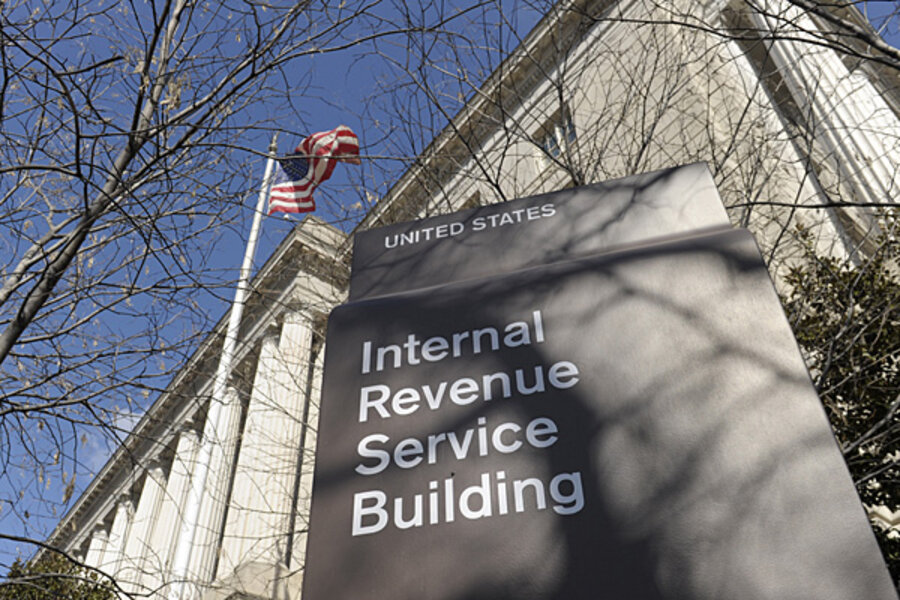How to improve the tax subsidy for home ownership
Loading...
Last week, at the request of the House Ways and Means Committee, I testified on how Congress could reform the mortgage interest deduction, a popular tax expenditure provision with a big sticker price.
The congressional Joint Committee on Taxation estimates the mortgage interest deduction will cost $380 billion over the next five years, making it one of the largest individual tax preferences in the Internal Revenue Code. The Urban-Brookings Tax Policy Center estimates that 40 million taxpayers will benefit from the deduction in 2015.
In spite of its widespread use and large fiscal cost, the deduction does little to promote home ownership. It provides no subsidy to the nearly two-thirds of taxpayers who do not itemize and only a modest subsidy to those in the 15 percent bracket.
The subsidy’s value is largest for families in high tax brackets who are most likely to own a home even without preferential tax treatment. Instead of promoting more home ownership, the deduction mostly encourages those who already own homes to buy larger and more expensive houses with borrowed money.
If Congress wants to encourage homeownership, it could direct more of the tax subsidy to prospective homebuyers who straddle the line between renting and buying. Two ways to better target the subsidy: Replace the deduction with a uniform percentage tax credit for mortgage interest, or provide an investment credit for first-time home purchases.
Replacing the deduction with an interest credit has enjoyed bi-partisan support. It’s been endorsed by the federal tax reform panel appointed in 2005 by President George W. Bush, the National Commission on Fiscal Responsibility and Reform appointed by President Obama, and the Debt Reduction Task Force of the Bipartisan Policy Center.
In my written testimony, I provided estimates for the effects of four potential reforms:
• Eliminating the deduction.
• Limiting it to interest on the first $500,000 of home acquisition debt.
• Replacing it with a 15 percent refundable credit on the first $25,000 of eligible interest.
• Switching to a 20 percent non-refundable credit for interest on the first $500,000 of home acquisition debt.
All these options would raise taxes and reduce the subsidy– mostly for upper-middle income taxpayers. Replacing the deduction with a credit would reduce tax burdens on average and increase the housing subsidy for those in the bottom 80 percent of the income distribution.
The revenue gains from all these options would be smaller if they are part of a broader tax reform that lowers marginal individual income tax rates. In that case, some options would even lose money. With lower rates, eliminating deductions raises less money, but new credits would cost just as much.
It is important to recognize that proposals to pare back the mortgage interest deduction could adversely affect housing prices, though how much of a hit they’d take is uncertain at best. Introducing reforms gradually would reduce risks to the housing market, though such transition rules would delay both the revenue gains and the improved incentives from the reforms.
The current mortgage interest deduction is hard to justify on policy grounds. Implementing policy reforms such as those I presented to the committee would encourage more homeownership at a lower fiscal cost. But designing appropriate transition rules that reduce market disruptions while simultaneously retaining the benefits of reforming the mortgage interest deduction will be challenging.







